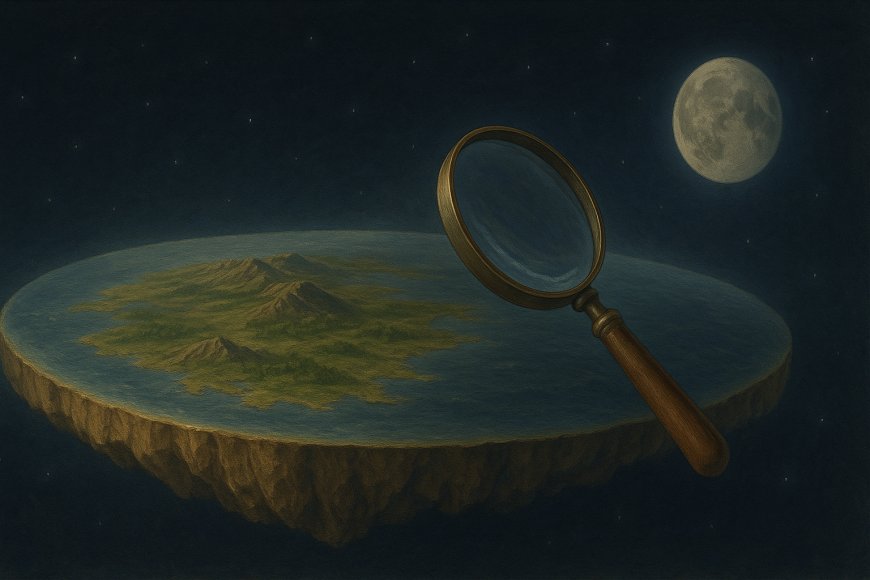Flat Earth Exposed: Myths, Evidence & the Ongoing Controversy

In a world committed to round planets, a growing sect of truth-seekers insists that Earth’s surface is as flat as the latest pancake trend. From clandestine YouTube exposés to midnight gatherings in suburban basements, the Flat Earth Movement has inspired both fascination and frustration. Today, we dive deep into this enigmatic phenomenon—exploring the myths, examining the “evidence,” and dissecting the controversy swirling around our allegedly endless tabletop world.
The Origins of the Myth
Contrary to popular belief, Flat Earth ideas didn’t start with social media debates or Reddit threads. Ancient civilizations—ranging from Mesopotamians to early Hindus—depicted Earth as a disk floating on cosmic waters. While pioneering astronomers like Aristotle and Copernicus later upended the notion, modern flat-earthers claim these figures were merely part of a globe-based cover-up.
“Scientific” Evidence on the Table
Flat Earth proponents point to several “undeniable” observations:
-
Horizon Always Level: If Earth were spherical, they argue, ships would visibly “fall” over the curve as they sailed away.
-
Lack of Curvature in Photos: High-altitude images (allegedly) fail to show curvature, proving that camera lenses lie and NASA fabricates pictures.
-
Water Always Finds Its Level: From puddles to oceans, water’s flat surface is touted as proof that gravity is a hoax.
While traditional scientists attribute these phenomena to perspective, lens distortion, and gravitational physics, flat-earthers dismiss such explanations as part of an elaborate global conspiracy.
Voices From Both Sides
-
Dr. Celeste Roundman (Astrophysicist): “Multiple satellites, circumnavigation records, and gravitational modeling leave no room for a flat world. The evidence is overwhelming.”
-
Maximus Plainview (Flat-Earth Activist): “They told you Earth was a sphere to keep you obedient. Only by questioning everything can you see the truth—that our world is a perfect plane.”
The Controversies and Consequences
Debates over Earth’s shape have escalated from online forums to university lecture halls. Proponents say they’re challenging authoritarian science; critics worry about the broader impact of mass misinformation. Recent polls suggest up to 5% of surveyed adults entertain at least some flat Earth ideas—a statistic that has educators scrambling to reinforce basic scientific literacy.
Moreover, conferences like the annual “FlatCon” blend earnest presentations with carnival-like attractions, blurring the line between genuine inquiry and spectacle. Participants often find themselves in a surreal environment where dubious “experiments” share billing with conspiracy-themed merchandise stalls.
Conclusion
Whether you view the Flat Earth Movement as a harmless curiosity or a dangerous propagation of pseudoscience, its persistence raises important questions about trust, evidence, and the role of critical thinking in the digital age. As the debate rages on, one thing remains certain: the conversation about our planet’s shape is far from over—no matter its curve.

 Admin
Admin 





